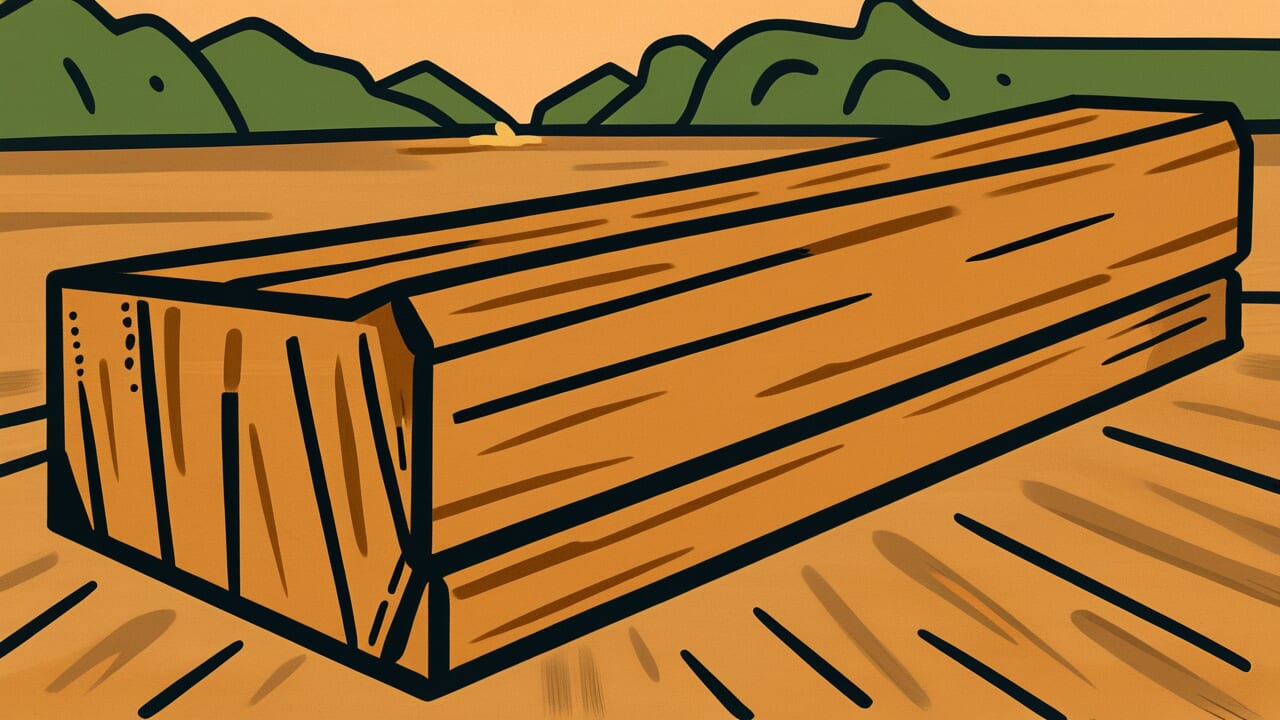How to Read “When timber is too large, it is difficult to put to use”
Zai dai nareba yō wo nashi gatashi
Meaning of “When timber is too large, it is difficult to put to use”
This proverb means that when materials or people are too large or talented, they become hard to use and less practical. Something that looks excellent at first glance may actually be difficult to handle in real situations.
For example, someone with extremely high abilities might struggle to work well with others. They might have too much pride to accept instructions. Equipment or tools that are too large may lack flexibility and prove inconvenient in actual work.
People use this proverb when they want to point out the dangers of pursuing only size or excellence. In modern times, this wisdom applies to organizational management and personnel placement.
It teaches us that the highest specs or largest scale don’t always make the best choice. This is practical wisdom based on real experience.
Origin and Etymology
The exact source of this proverb is debated, but it likely comes from ancient Chinese philosophy. Scholars point to the influence of Taoist thought, especially from Laozi.
The paradoxical wisdom that “things that are too large become useless” connects deeply with Taoist ideas.
The character “材” originally means timber or materials. Large timber certainly looks impressive. But when you actually try to use it, it becomes difficult to handle. Cutting, transporting, and processing it all become challenging.
On construction sites, moderately sized timber was always most valued. This practical wisdom forms the background of this saying.
The character “材” also means human talent. So this proverb speaks not just about physical materials but about people’s abilities too.
Someone with too much ability or too strong a personality can be hard to use within an organization. This reflects a real truth about human society.
After reaching Japan, this proverb spread during the samurai era as practical wisdom. People passed it down not as idealistic theory but as realistic advice for getting things done.
Usage Examples
- That new employee is talented but has such a strong personality that, as they say, when timber is too large, it is difficult to put to use—he can’t fit into the team
- We introduced cutting-edge large machinery, but when timber is too large, it is difficult to put to use—we can’t make full use of it in our small factory
Universal Wisdom
“When timber is too large, it is difficult to put to use” points to a deep paradox in human society. We instinctively think of “big” and “excellent” as valuable. But in real life, the best thing isn’t always the most suitable thing.
This wisdom has been passed down because humans constantly desire “bigger and better.” Rulers seek the most talented people. Craftsmen want the finest materials.
But when they actually use them, they often face difficulties and inconveniences.
This reveals a timeless human struggle—the gap between ideals and reality. The heart that pursues perfection versus the heart that values practicality. Humans constantly swing between these two.
Looking deeper, this proverb shows the flip side of “the right person in the right place.” What matters isn’t whether something is excellent, but whether it fits the situation.
The value of people and things isn’t absolute. It’s determined by context and circumstances.
This teaches us the importance of flexible thinking. We need to judge what works in each specific situation rather than chasing abstract ideals.
When AI Hears This
Large timber becomes difficult to use because multiple constraints work simultaneously across dimensions. When timber volume doubles, weight also doubles. But the energy needed for transport more than doubles when you factor in distance and friction.
Drying time increases proportionally to cross-sectional area. The risk of warping and cracking grows with the difference between surface and interior drying rates.
In other words, when you extend one metric like “size,” multiple constraint conditions worsen in nonlinear ways.
In engineering, Pareto optimality describes a state where improving one metric necessarily worsens another. Aircraft design shows the same phenomenon.
Making planes larger increases passenger capacity. But it limits which airports can handle them, raises maintenance costs dramatically, and makes them unprofitable on low-demand routes.
The Boeing 747 represented the extreme of large-scale design. But today’s mainstream aircraft are medium-sized.
Biological evolution shows this too. Dinosaur gigantism is famous, but larger bodies create stricter constraints. Food requirements increase, temperature regulation becomes harder, and reproduction cycles lengthen.
Many extinct species pursued a single advantage too far and lost their ability to adapt to environmental changes.
The true optimal solution isn’t at the maximum point. It’s at the balance point where multiple constraints are in equilibrium. This proverb expresses that universal principle intuitively.
Lessons for Today
This proverb teaches modern people the importance of recognizing “just right.” We tend to chase higher-performance smartphones, more educated personnel, and larger-scale projects.
But what we really need is the judgment to choose what fits our situation.
In work and relationships, pursuing perfection too much can leave you unable to move. Features you can’t master and talents you can’t utilize just become burdens.
Choosing what fits you now and using it fully produces far better results.
When you choose something, use “most suitable” rather than “best” as your standard. Look for what feels comfortable in your hands and what you can actually use in your current environment.
This perspective reveals a path to sustainable growth without strain. Choices that match your scale are actually the wisest choices.



Comments